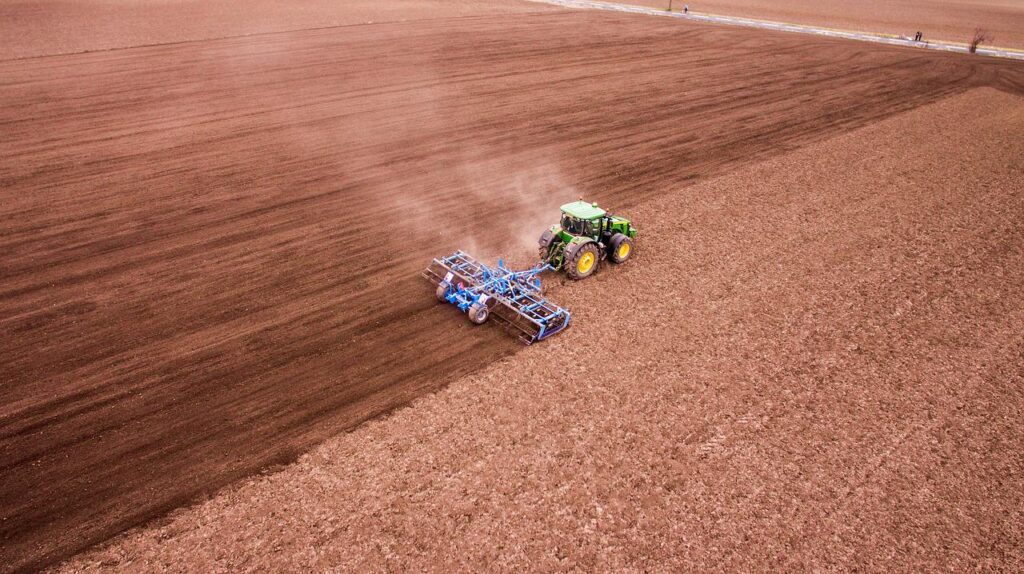While agriculture has ancient origins, it’s an industry that constantly adapts to the latest technology. From the plow to irrigation systems to tractors, there is no shortage of inventions that have changed farming for the better throughout history.
 Image by David Jenne from Pixabay
Image by David Jenne from Pixabay
The latest innovation helping farms stay connected and keep up with modern industry demands is shared spectrum and the Citizens Broadband Radio Service (CBRS).
CBRS is a prime example of how spectrum sharing models can benefit a wide range of sectors. CBRS specifically allows for collaborative use of the 3.5 GHz band, and many industries, agriculture included, are utilizing this technology. Across the country, more investment is taking place to help accelerate rural America’s embrace of digital transformation.
In 2020, Trilogy launched the Rural Cloud Initiative (RCI) and worked with local telecom providers to build private LTE networks which used CBRS access points to keep farmers connected. Hurst Greenery in Missouri joined the RCI, utilizing CBRS to connect its 18 greenhouses across 600 acres of land. Using publicly available Wi-Fi, Hurst implemented precision agriculture tactics, such as automated temperature and soil moisture monitoring, which led to a 10% increase in efficiency and profit and allowed for increased yields and lower costs.
Federated Wireless deployed automated farming tactics on a 2.1 square mile vineyard — and used broadband to get real time, actionable data and increased connectivity. The equipment used a private, wireless network which communicated with an Intel edge server located on the farm. They reimagined farming, looking at every crop as a data point and utilized a wireless network to increase outputs while lowering the cost and manpower needed for operations.
Farming machinery also stands to benefit from an increased use of Wi-FI. Tractor manufacturing company John Deere tested out CBRS to improve operations and provide connectivity to local farmers. The company used the 3.5 GHz band to deploy a private LTE network which will streamline the manufacturing process. John Deere is also looking at utilizing a 5G network that would allow them to test out AI tractor models. The new tractors would use cameras and machine learning to identify plants in a field, then determine whether they need fertilizer or a pesticide. Shared spectrum gives John Deere the ability to store this data in the cloud and provide more efficient equipment to farmers.
Current environmental challenges and labor shortages are serious threats to the agriculture industry’s productivity, but CBRS offers hopeful solutions. Increased investment in broadband infrastructure and CBRS for farming equipment makes precision agriculture possible and helps bring down the costs and raise the efficiency of farming for the long term.
